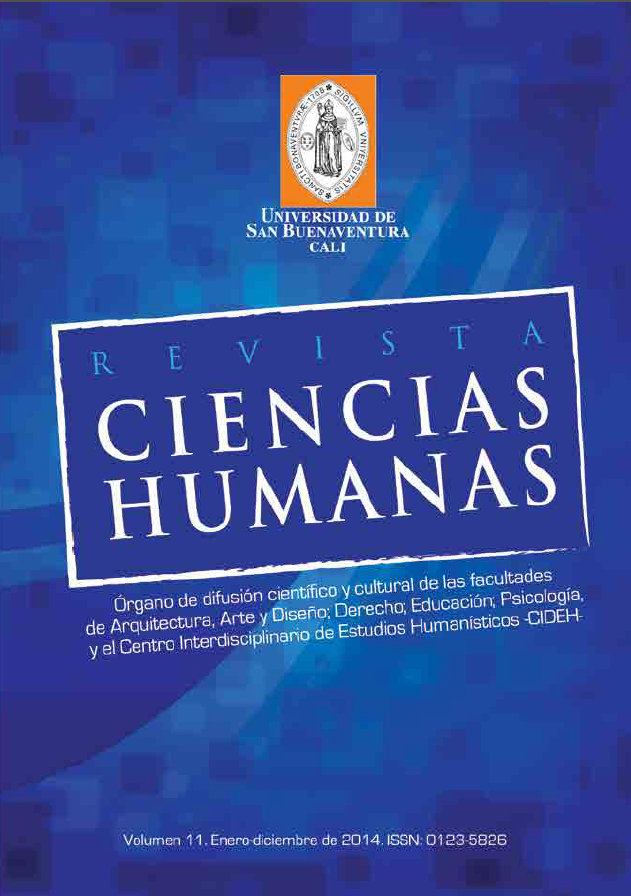The Revista Ciencias Humanas provides open and immediate access to its content, based on the principle of offering the public free access to research to aid in the greater global exchange of knowledge.
Except as otherwise stated, the content of this journal is licensed under a Creative Commons Attribution-NonCommercial-NoDerivatives 4.0 International (CC BY-NC-ND 4.0) license available at http://creativecommons.org/licenses/by-nc-nd/4.0/.
- Attribution. You must give appropriate credit, provide a link to the license, and indicate if changes have been made. You may do so in any reasonable manner, but not in a way that suggests that the licensor endorses you or your use.
- NonCommercial. You may not use the material for commercial purposes.
- NoDerivatives. If you remix, transform, or build upon the material, you may not distribute the modified material.
- No Additional Restrictions. You may not apply legal terms or technological measures that legally restrict others from doing anything the license permits.
Abstract
El presente estudio exploratorio descriptivo y de tipo cualitativo, tuvo como objetivo conocer y comprender las representaciones sociales del cuerpo de cuatro hombres fisicoculturistas de la ciudad de Cali. Se trabajó sobre tres categorías: relación del cuerpo como herramienta de trabajo, relación del cuerpo con el ejercicio y cuidado de sí, y el uso del cuerpo en las relaciones sociales, según la teoría planteada por Moscovici (1979).
Los resultados revelan cómo dentro del fisicoculturismo los cuatro sujetos han construido un conocimiento singular frente al cuerpo que guía su vida cotidiana, les permite instaurarse en el mundo laboral y erigir una relación con el otro. Tales aspectos forman parte del contenido de sus representaciones sociales de cuerpo, ya que el discurso de los participantes comparte la construcción del significado de la realidad y de su identidad a partir del cuerpo.








